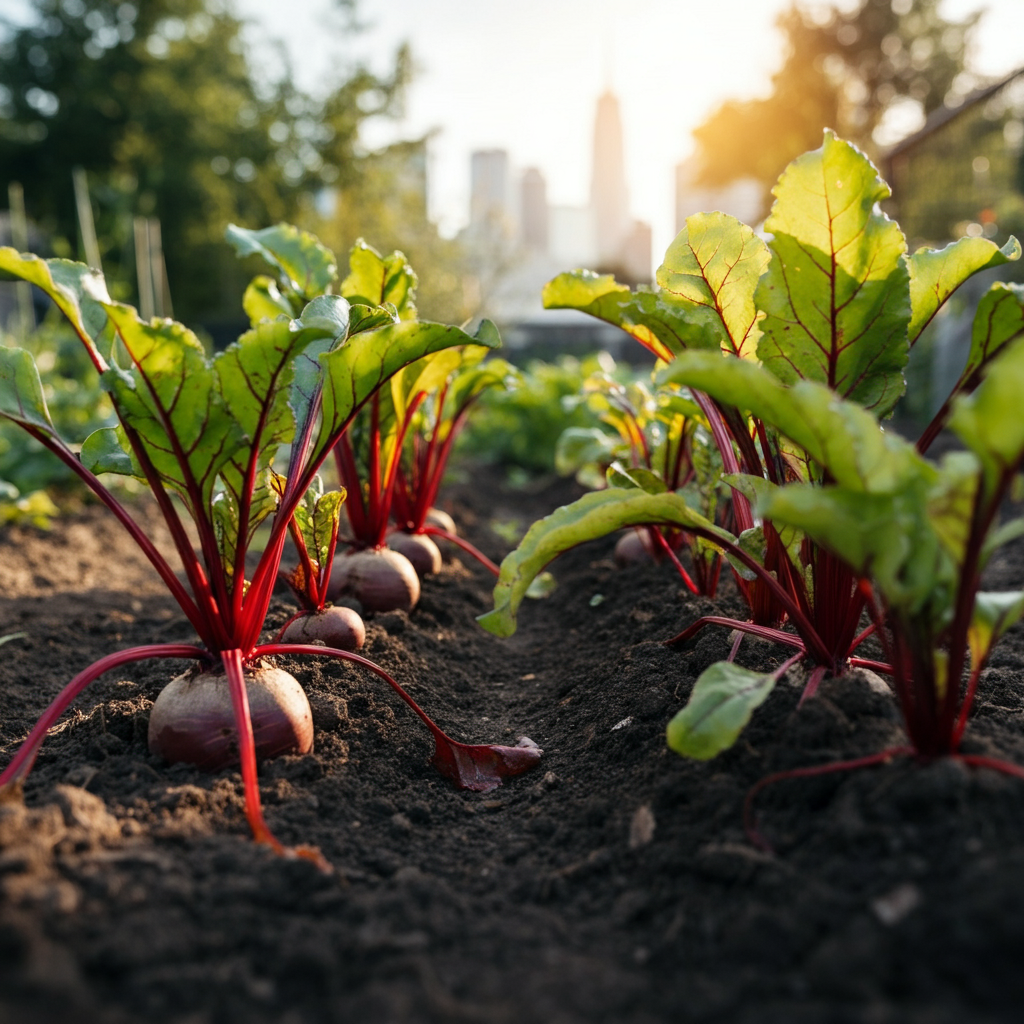The att.gary beet is not your everyday root vegetable. Known for its vibrant hues, sweet earthy flavor, and nutritional properties, it has become a favorite among gardeners and food lovers alike. Although its origins remain somewhat mysterious, the att.gary beet has gained recognition in gardening circles for being hardy, versatile, and well-suited for both urban and traditional gardens. Whether you’re an avid gardener or a beginner planting in your urban balcony, there’s something about this unique beet that captures everyone’s interest.
This post will walk you through everything you need to know about growing and using att.gary beets. From their adaptability to small spaces to detailed care and harvesting tips, we’ve got you covered. Interested in elevating your gardening game? Keep reading!
The Att.Gary Beet in Urban Gardening
One of the best features of the att.gary beet is its adaptability to urban gardening. For enthusiasts without sprawling yards, this vegetable offers an excellent option to grow fresh food right at home. Its compact size and resilient nature make it perfect for small spaces like balconies, terraces, and even windowsills.
Here’s why att.gary beets are perfect for urban gardening:
- Space Efficient: Att.gary beets don’t require large garden beds and thrive well in pots or shallow containers.
- Aesthetic Appeal: With their colorful stalks and round roots peeking through the soil, att.gary beets double as ornamental plants.
- Quick Growers: These beets mature relatively quickly, offering gardeners a fast turnaround for their efforts.
Urban gardeners often seek plants that maximize yield while requiring minimal space and input, and the att.gary beet ticks all those boxes.
Planting and Care Guide
Ever wonder what it takes to grow att.gary beets successfully? Follow these steps for a thriving beet crop:
1. Planting
- When to Plant: Att.gary beets grow best in cooler seasons, making spring and fall the ideal planting times.
- Location: Select a sunny spot that receives at least 6 hours of sunlight daily.
- Soil Requirements: They prefer well-draining, loamy soil with a pH of 6.0–7.0. Adding compost beforehand enriches the soil and ensures a healthy yield.
Sow seeds directly into the soil, approximately 1 inch apart, and cover with a light layer of earth. Once seedlings sprout, thin them out to maintain spacing of 3 inches between plants.
2. Watering
Like most root vegetables, att.gary beets thrive in consistent moisture. Ensure the soil stays evenly moist but not waterlogged. For urban setups, check drainage in containers to prevent root rot.
3. Sunlight
Att.gary beets enjoy full sunlight but can tolerate partial shade in hotter climates. Rotate your pots or planters every few weeks for even growth.
4. Fertilizing
Add balanced fertilizer during the early growth stages. Beets generally don’t need heavy feeding but benefit from potassium-rich feeds which promote strong root growth.
Harvesting and Uses
Knowing when and how to harvest att.gary beets ensures maximum flavor and nutrition.
Harvesting Tips
- Timing: Att.gary beets are typically ready for harvest 6–8 weeks after planting. Look for roots about 2–3 inches in diameter.
- Method: Use a spade or your hands to carefully loosen the soil around the beets before pulling them up. Be gentle to avoid damaging the roots.
Culinary Uses
Att.gary beets shine in the kitchen as much as in the garden. Here are just some ways you can use them:
- Salads: Slice raw or roasted att.gary beets to add a pop of color and sweetness to salads.
- Soups: Blend roasted beets into a creamy soup for a hearty meal.
- Pickling: Their naturally sweet flavor pairs wonderfully with tangy pickling spices.
- Smoothies: Add a nutritional boost to your smoothies by blending cooked att.gary beets with fruits and yogurt.
Troubleshooting Common Issues
Gardening isn’t without challenges. Here are common problems you might encounter while growing att.gary beets and how to tackle them:
Pests
- Aphids can stunt growth by sucking sap from beet leaves. Combat them by spraying a mix of water and a drop of dish soap on leaves.
- Leaf Miners damage foliage, leaving unsightly trails. Remove affected leaves promptly to prevent further spread.
Diseases
- Cercospora Leaf Spot leads to brown or purple spots on leaves. Avoid this by keeping leaves dry during watering and spacing plants properly for airflow.
- Root Rot occurs in overly wet soils. Ensure your pots and soil have adequate drainage.
Growth Issues
- Small Roots often indicate overcrowding or insufficient thinning. Thin seedlings early and give roots enough space to bulk up.
- Bolting happens when plants produce flowers prematurely, often due to high temperatures. Plant at the right time and provide shade if needed.
Why Att.Gary Beets Belong in Your Garden
The att.gary beet isn’t just a vegetable; it’s a gardening experience. Whether you’re looking to maximize your space or add versatile nutrition to your meals, these beets are a must-try for both traditional and urban gardening enthusiasts. With proper care and attention, you’ll enjoy this rewarding crop in no time.

